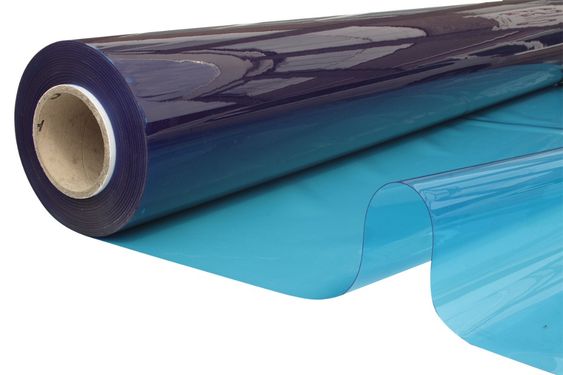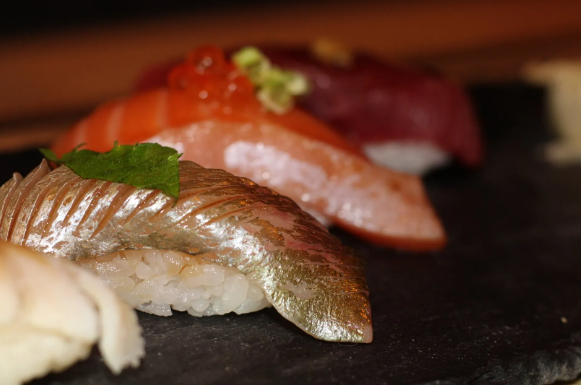Water features like ponds add beauty, tranquility, and ecological benefits to gardens, farms, and landscapes. However, maintaining a pond’s integrity requires more than just aesthetic planning; it’s essential to ensure that the water stays where it belongs. That’s where pond lining sheets come into play. These durable, versatile materials act as a barrier between the pond’s water and the earth, preventing leaks and ensuring longevity.
In this blog, we’ll explore everything you need to know about pond lining sheets, from their benefits to choosing the right material for your needs.
What is a Pond Lining Sheet?
A pond lining sheet is a waterproof membrane that lines the base and sides of a pond, creating a seal that prevents water from seeping into the ground. These sheets are essential for maintaining the water level, reducing the need for frequent refilling, and ensuring the pond’s health and stability.
Benefits of Using Pond Lining Sheets
- Prevents Water Loss: The primary function of a pond lining sheet is to prevent water from leaking into the surrounding soil. This ensures that the pond remains full and that the water is conserved.
- Protects the Pond’s Ecosystem: By maintaining consistent water levels, pond liners help create a stable environment for fish, plants, and other aquatic life. This promotes a healthy ecosystem, which is crucial for the pond’s long-term sustainability.
- Durability and Longevity: High-quality pond lining sheets are designed to withstand harsh weather conditions, UV radiation, and the wear and tear of time. This means your pond will stay intact for years with minimal maintenance.
- Customization and Flexibility: Pond liners are available in various materials and thicknesses, allowing you to choose the right one for your specific pond size and design. They can be cut and shaped to fit any pond, making them highly versatile.
- Cost-Effective Solution: Investing in a pond liner is a cost-effective way to protect your water feature. It reduces the need for expensive repairs and water treatments, saving you money in the long run.
Types of Pond Lining Sheets
When choosing a pond lining sheet, it’s important to consider the material, thickness, and overall quality. Here are some common types:
- PVC (Polyvinyl Chloride) Liners:
- Pros: Flexible, affordable, and easy to install.
- Cons: Less durable than other materials, can degrade over time with UV exposure.
- EPDM (Ethylene Propylene Diene Monomer) Rubber Liners:
- Pros: Highly durable, UV resistant, and flexible.
- Cons: Higher cost compared to PVC, heavier and harder to handle during installation.
- HDPE (High-Density Polyethylene) Liners:
- Pros: Extremely durable, resistant to chemicals and UV radiation.
- Cons: Less flexible, may require professional installation.
- Butyl Rubber Liners:
- Pros: Exceptional flexibility, long-lasting, and resistant to UV and weather.
- Cons: Expensive, but worth the investment for larger or more permanent ponds.
How to Install a Pond Lining Sheet
- Plan Your Pond: Before you start, design your pond, including the size, depth, and shape. This will help you determine how much liner you need.
- Excavate the Area: Dig out the pond area according to your design. Make sure to remove any sharp rocks or debris that could puncture the liner.
- Prepare the Base: Lay down a layer of sand or underlay fabric to create a smooth surface for the liner. This protects the liner from damage and helps it conform to the pond’s shape.
- Install the Liner: Carefully place the pond liner into the excavation. Smooth out wrinkles and adjust the liner to fit the pond’s contours. Ensure that the edges extend beyond the pond’s perimeter.
- Secure the Edges: Anchor the edges of the liner with rocks, soil, or other materials. This keeps the liner in place and prevents it from shifting.
- Fill the Pond: Slowly fill the pond with water, adjusting the liner as needed to eliminate any remaining wrinkles.
- Add Finishing Touches: Once the pond is full, trim any excess liner and add rocks, plants, and other features to complete your pond.
Maintenance Tips for Pond Lining Sheets
- Regular Inspections: Check your pond liner periodically for any signs of damage or wear. Early detection can prevent costly repairs.
- Clean Debris: Remove leaves, branches, and other debris that could cause punctures or block filters.
- Manage Algae: Use appropriate treatments to control algae growth, which can degrade some types of liners over time.
- Monitor Water Quality: Ensure that the water’s pH and chemical levels are balanced to prevent harm to the liner and the pond’s inhabitants.
Factors to Consider When Choosing a Pond Lining Sheet
Selecting the right pond lining sheet is crucial to the long-term success of your pond. Here are some key factors to consider:
- Pond Size and Depth: The size and depth of your pond will determine the amount of liner you need and the type of material that will work best. Larger ponds may require more durable and thicker liners, such as EPDM or HDPE, to handle the increased water pressure.
- Climate and Weather Conditions: If you live in an area with extreme temperatures or significant seasonal changes, it’s important to choose a liner that can withstand these conditions. For example, EPDM liners are known for their ability to remain flexible in cold weather, making them ideal for regions with harsh winters.
- Soil Type: The type of soil in your area can also impact your choice of pond liner. If your soil is rocky or contains sharp objects, you might want to invest in a thicker liner or use an underlay to provide extra protection.
- Budget: While it’s important to invest in a quality pond liner, there are options available for every budget. PVC liners are more affordable and can be a great choice for smaller or temporary ponds, while more expensive options like Butyl rubber offer long-term durability for permanent installations.
- Environmental Impact: Some pond liners are more eco-friendly than others. If sustainability is a priority for you, look for liners made from non-toxic materials that won’t harm aquatic life or the surrounding environment.
Common Issues and Troubleshooting with Pond Lining Sheets
Even with the best materials and installation practices, issues can arise. Here’s how to troubleshoot some common problems:
- Leaks: If you notice your pond’s water level dropping, it could indicate a leak in the liner. To locate the leak, check the pond’s perimeter for wet spots or areas where the liner may have shifted. Small punctures can often be repaired with a pond liner patch kit.
- Wrinkles and Air Pockets: Wrinkles in the liner can create air pockets, which may affect the pond’s appearance and water flow. To prevent this, smooth out the liner during installation, especially when filling the pond with water. If wrinkles appear after installation, partially drain the pond and adjust the liner.
- Liner Shift: If the liner shifts or moves, it could be due to inadequate anchoring. Ensure that the edges of the liner are securely held in place with rocks, soil, or other heavy materials. If the liner continues to shift, consider adding additional weight or re-examining the pond’s design.
- Algae Buildup: Algae can grow on pond liners, especially in ponds that receive a lot of sunlight. While some algae are beneficial, excessive growth can harm the pond’s ecosystem and damage the liner. Regularly clean the liner and use algae treatments to keep growth under control.
Conclusion
Pond lining sheets are a crucial investment for anyone looking to create and maintain a beautiful, functional pond. By choosing the right material and installing it properly, you can ensure that your water feature remains a centerpiece of your landscape for years to come. Whether you’re a hobbyist or a professional landscaper, understanding the benefits and maintenance of pond liners will help you make informed decisions that benefit both your pond and the environment.







Leave a comment
Your email address will not be published. Required fields are marked *